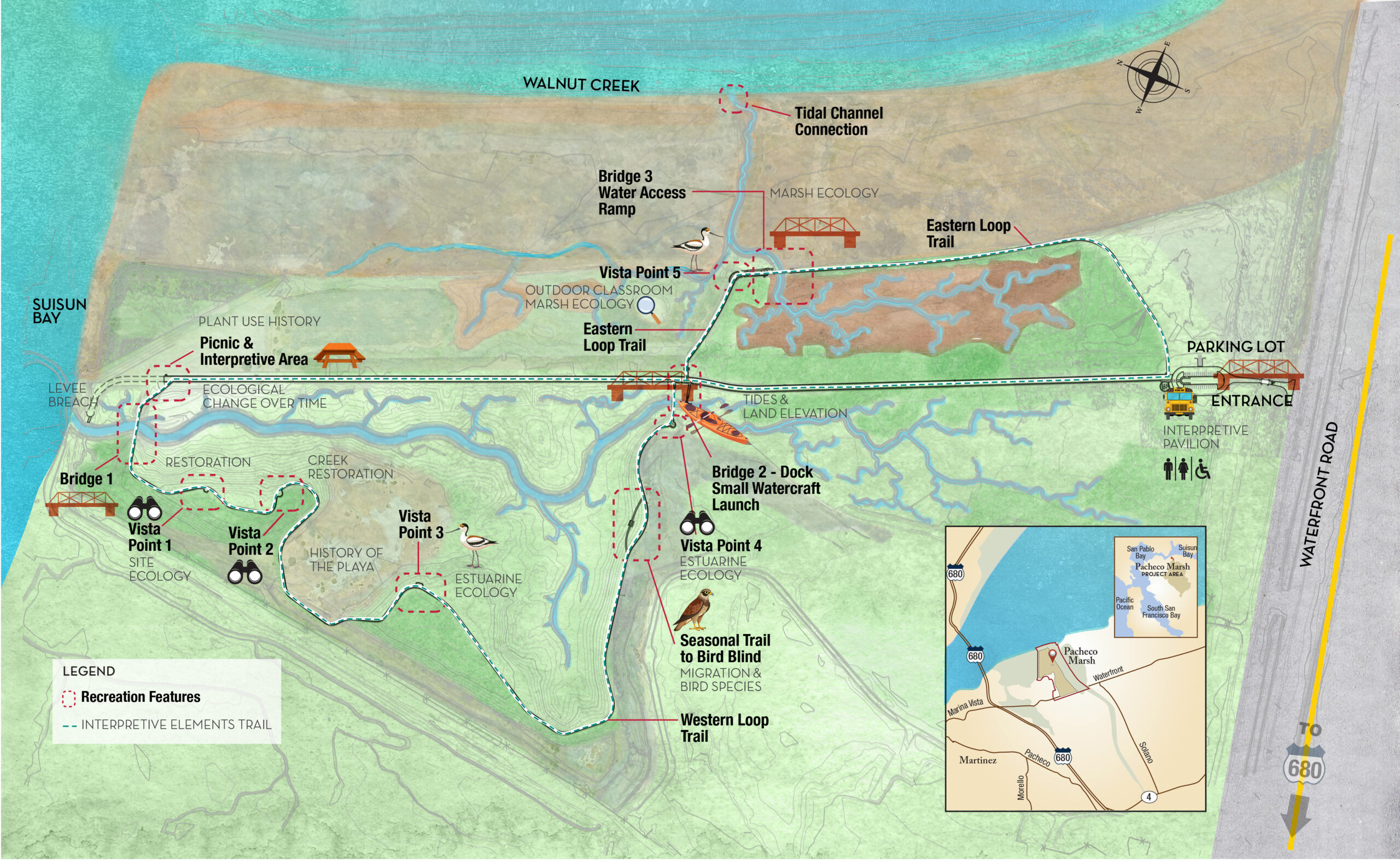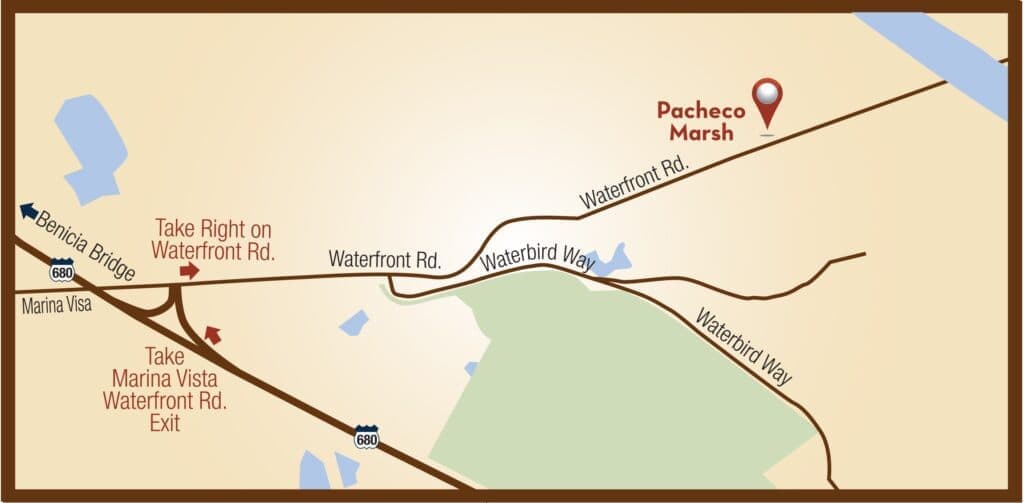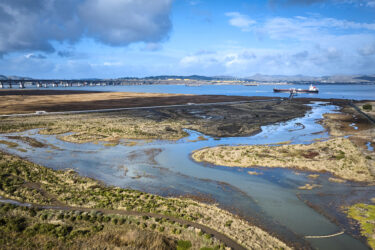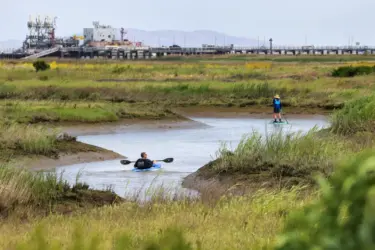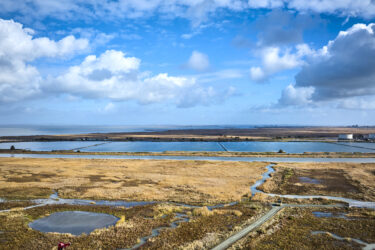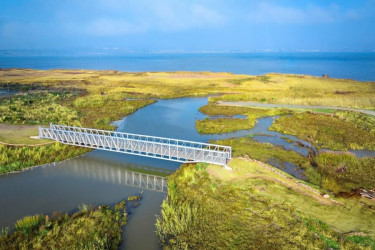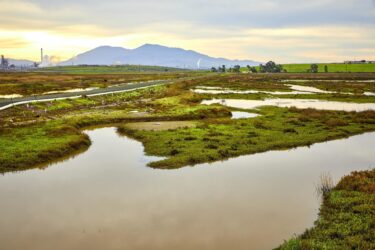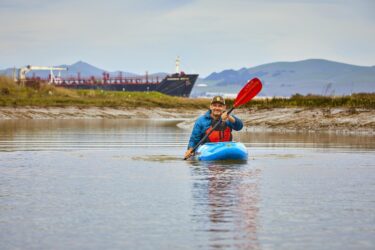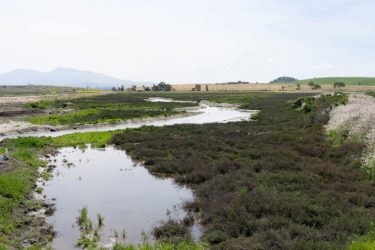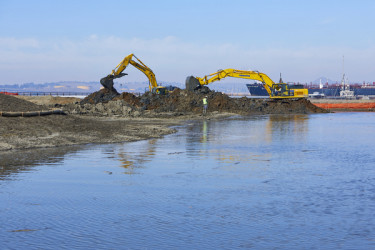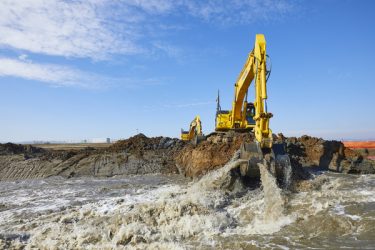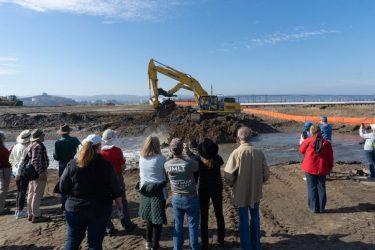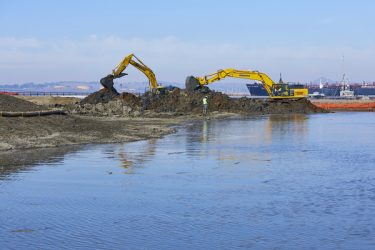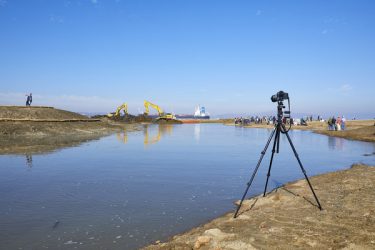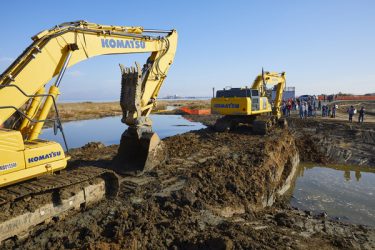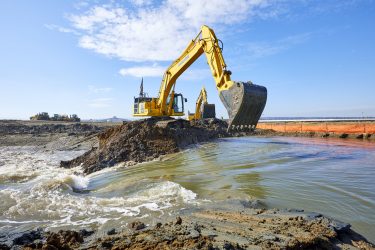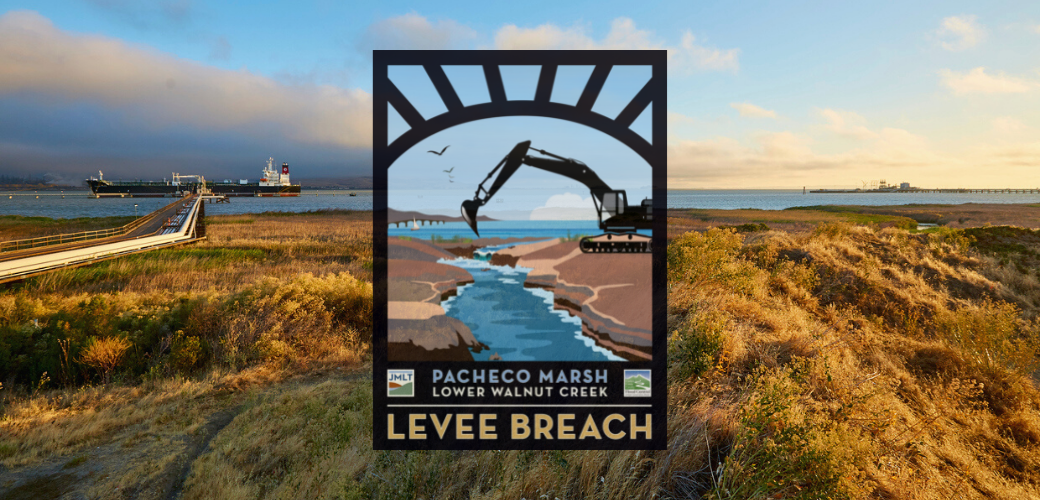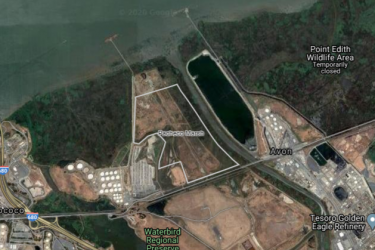Pacheco Marsh
Pacheco Marsh is open daily from dawn until dusk. Please note that the parking lot hours are 9am - 5pm. After hours parking is available on Waterfront Road. Dogs are not permitted on the property.
Address: 2501 Waterfront Rd., Martinez, CA
 Recovering a Vital Ecosystem
Recovering a Vital Ecosystem
Generations ago, the Bay Delta supported abundant upstream freshwater marshes and downstream salt marshes and mudflats. These served as vital pathways for migrating birds and fish species that spawn in inland streams and live adult lives in the ocean. Salt marshes provide essential food, nutrients, refuge, and nursery habitat for an estimated 75 percent of fisheries species. Human activity has resulted in the loss of more than 90% of historic tidal wetlands.
Pacheco Marsh is JMLT's first project in the Bay Delta. This project provides a special opportunity for community access, education, and recreation that will inspire the next generation of those who love our lands and waters.
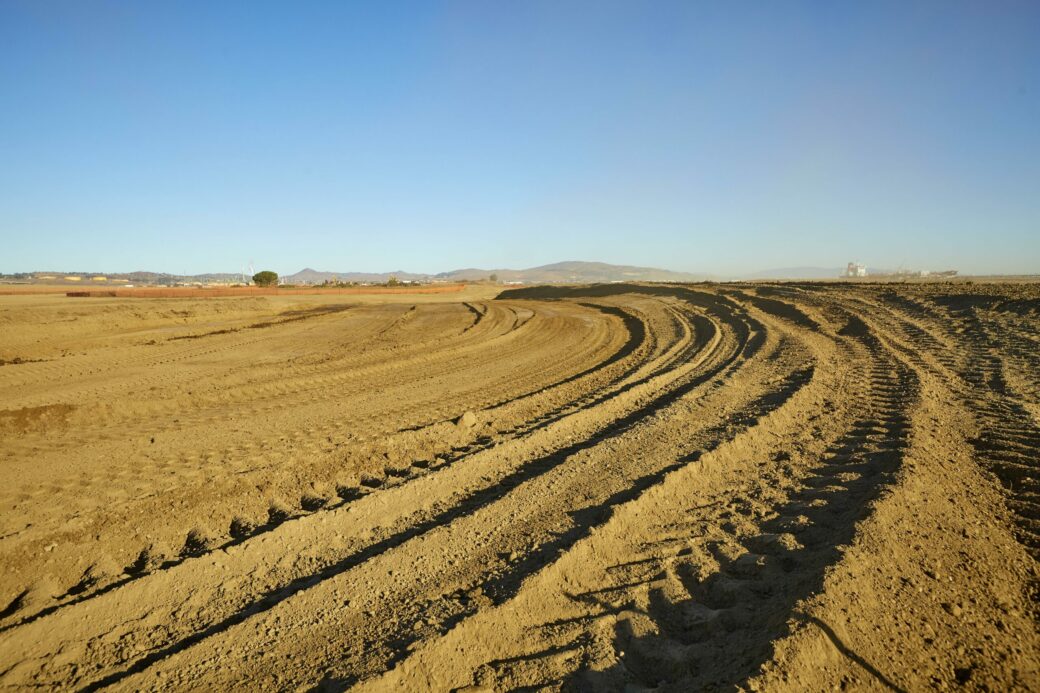
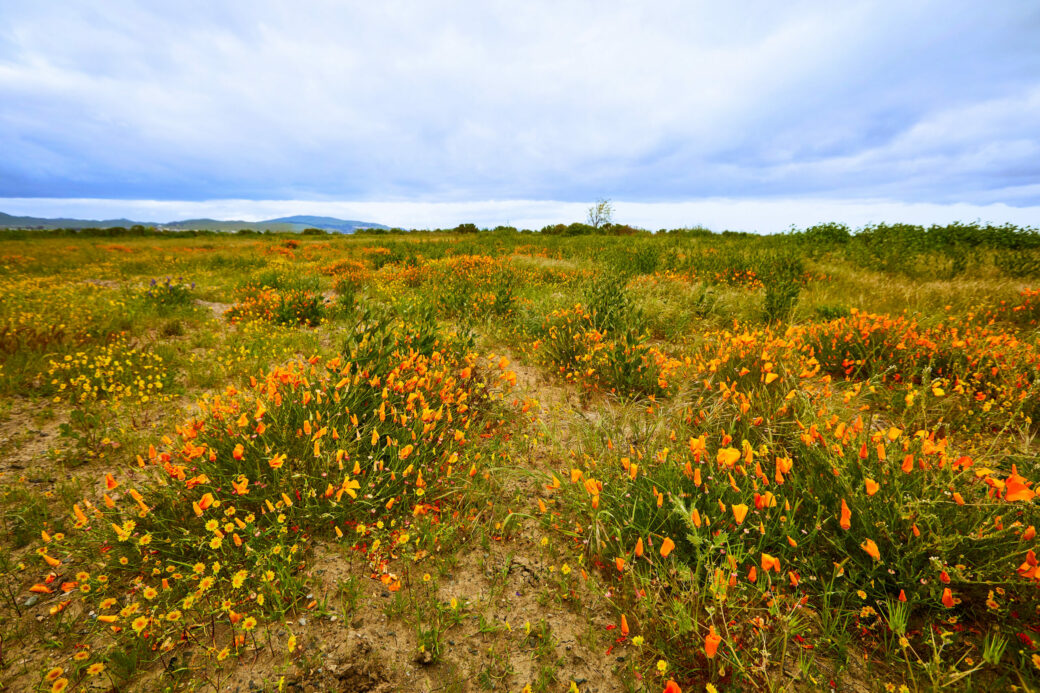
Recreation
JMLT's public access project ensures visitors have a variety of ways to explore this wonderful marshland while protecting the natural environment. Bird watchers and outdoor enthusiasts can enjoy 2.4 miles of trails and bridges, including a wheelchair-accessible trail, offering up-close views of nature while protecting the marsh’s full-time wildlife residents. The kayak launch supports a unique 2-mile loop through the marsh, providing water lovers with an immersive, fascinating tour of the marsh and Suisun Bay.
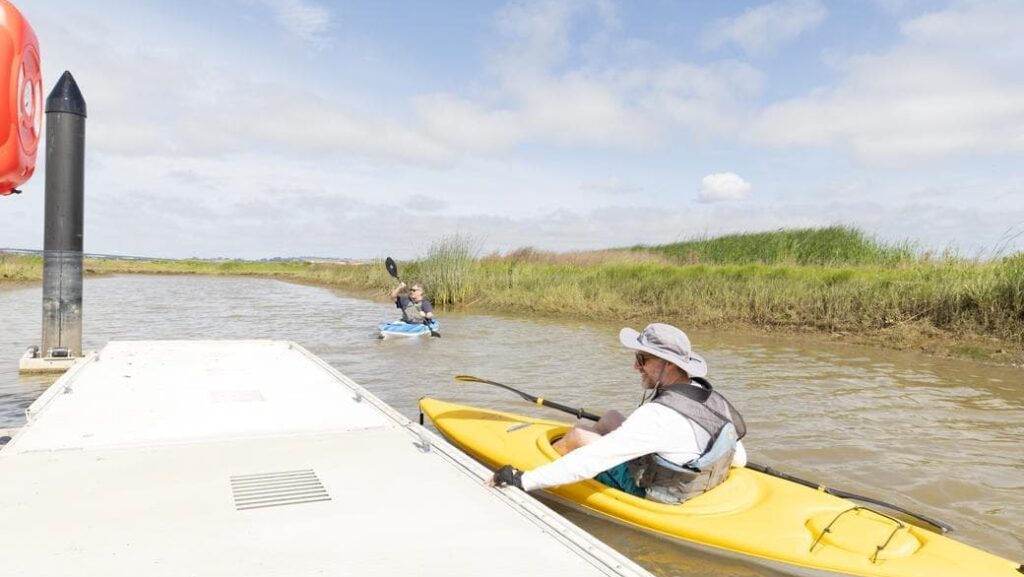
New kayak launch at Pacheco Marsh, by Ana Homonnay
Natural Solutions For Community Needs
Salt Marshes protect shorelines from erosion and protect nearby communities during periods of intense rain and flooding. The thoughtful design of Pacheco Marsh allows for changes in climate, including sea level rise.
Education
Pacheco Marsh hosts trails and an outdoor classroom where students explore and learn about the history of the region and the importance of restoring and caring for Pacheco Marsh and similar shoreline environments throughout the Bay Delta. The stunning contrast of —thriving habitat surrounded by a stark industrial backdrop. The towers of oil refineries can be seen in the distance while tankers pass underneath the parallel spans of the Benicia-Martinez Bridge to the north. The entire history of the shoreline can be experienced in this one remarkable place.
Getting to Pacheco Marsh
From I-680N toward the Benicia-Martinez Bridge, take exit 56, Marina Vista Waterfront Rd. Turn right onto Waterfront Rd. continue on Waterfront Rd. approximately 1.3 miles. the destination will be on your left.
The Pacheco Marsh restoration and public access project is made possible by our project partners and the generosity of JMLT donors and funders.
JMLT's project partner, Contra Costa County Flood Control District (CCCFCD) completed the habitat restoration after the 2021 levee breach that allowed the waters of Suisun Bay to flow back into restored channels.
Association of Bay Area Governments
California Department of Fish & Wildlife
California Department of Parks and Recreation, Proposition 68
California Climate Investments
California State Coastal Conservancy
Department of Water Resources, State of California
Friends of Martinez Open Space
Marathon
Metropolitan Transportation Commission
National Fish and Wildlife Foundation
Resources Legacy Fund
San Francisco Bay Restoration Authority, Measure AA
U.S. Environmental Protection Agency
U.S. Fish and Wildlife Service
Wildlife Conservation Board, State of California


